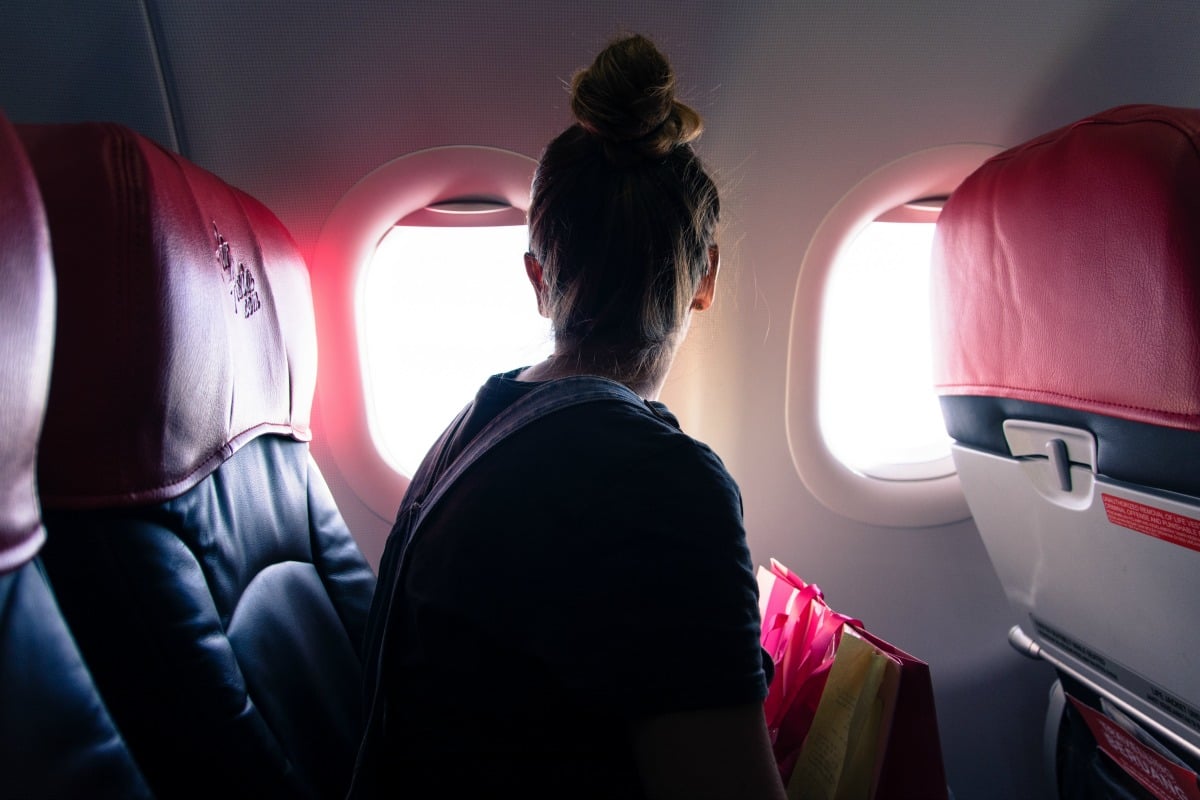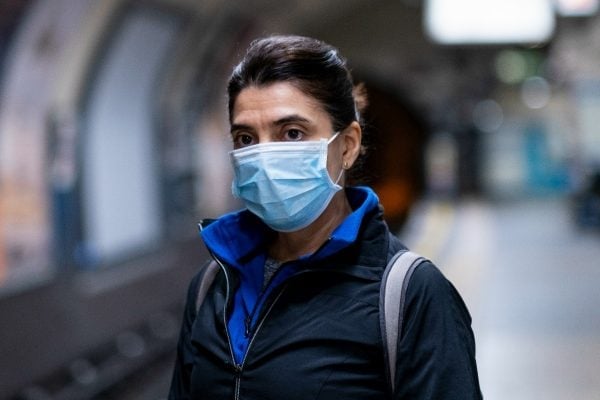
Domestic and international air travel has almost come to a complete standstill over the past few months.
Although social distancing restrictions are being slowly wound back across Australia, there’s still a long way to go yet. After all, public health measures will likely be a part of our lives until an effective vaccine is made available.
Now, industries across the world, including the air travel industry, are beginning to explore how they can make a slow but safe return to a new normal.
Side note: These are the types of people you always run into at the airport. Post continues below.
For the air travel industry, this new reality means that a new age of air travel must take shape.
“9/11 changed travel completely with added security checks and longer check-in times,”airline consultant Shashank Nigam, CEO and founder of SimpliFlying, said in a blog post.
“The impact of COVID-19 on air travel will be even more far-reaching.”
So, what will the new age of airline travel look like? Here’s what we know so far.


